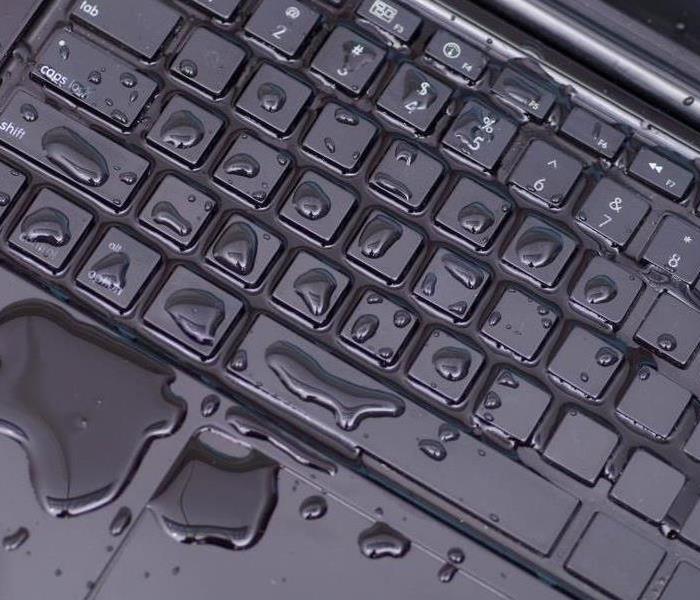Water Damage to your Electronics? Here’s what you should do.
3/12/2023 (Permalink)
Electronics are a significant part of our lives, and they have become essential in our day-to-day activities. However, when they suffer water damage, it can be frustrating and costly to repair or replace them. Water damage is a common problem that can happen to anyone, and it can occur in various ways, such as accidental spills, dropping electronics in the pool, or exposure to rain. If your electronics have suffered water damage, here are some steps you can take to try and salvage them.
Turn off the Device Immediately
The first step you should take when your electronics suffer water damage is to turn them off. This will help prevent short circuits and other damage to the device's internal components. If the device is still on, turn it off immediately and disconnect it from any power source.
Remove any External Components
If your device has external components, such as batteries or memory cards, remove them immediately. These components can hold water and cause damage to the device's internal components.
Dry the Device
After turning off and removing the external components, dry the device as much as possible. Use a soft cloth or paper towel to remove any excess water from the device's exterior. You can also use a vacuum cleaner to suck out any water that might have seeped into the device's openings.
Use Rice or Silica Gel Packets
Place the device in a bowl or bag of uncooked rice or silica gel packets. These materials can absorb moisture, which will help dry out the device's internal components. Leave the device in the rice or silica gel packets for at least 24 hours.
Do Not Use Heat
Do not use heat to dry out the device, such as a hairdryer or putting it in an oven. This can cause more damage to the device's internal components.
Test the Device
After 24 hours, remove the device from the rice or silica gel packets and reinsert the batteries or memory card. Turn on the device and check if it's functioning correctly. If the device does not turn on or is not functioning correctly, do not continue to use it.
Contact a Professional
If your device is still not working correctly, it's time to seek professional help. Contact the device's manufacturer or an electronics repair shop. They will be able to diagnose the problem and give you an estimate of the repair cost.
In conclusion, water damage to your electronics can be a frustrating and costly problem. However, by following the above steps, you might be able to save your device from permanent damage. Remember, prevention is always better than cure, so always be careful around water when using your electronics.


 24/7 Emergency Service
24/7 Emergency Service
